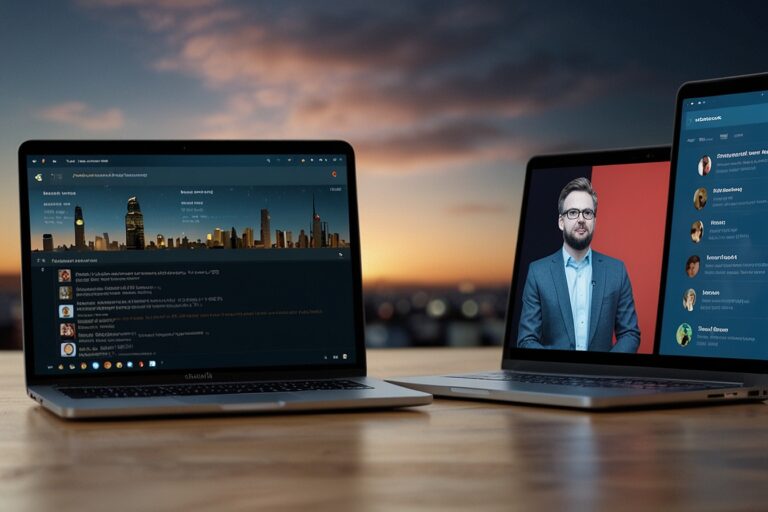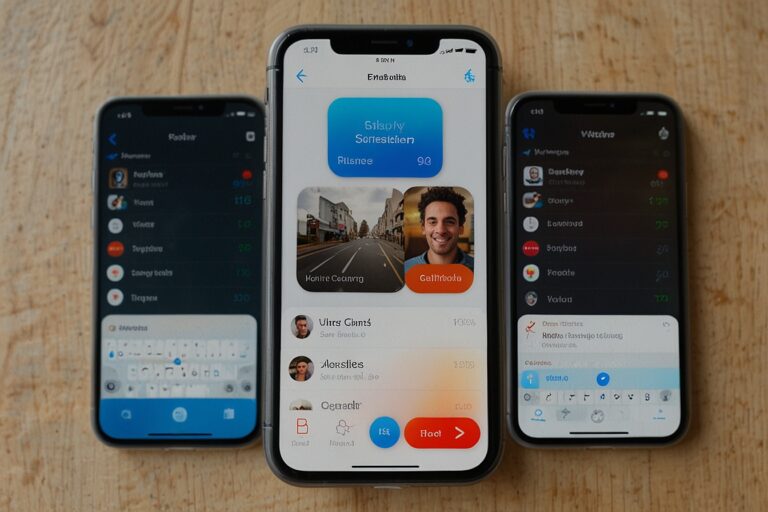
TL;DR
- Instagram now mandates a minimum of 1,000 followers and a public account to access Live.
- The change aligns Instagram’s policy more closely with TikTok’s live-streaming rules.
- Critics argue it hinders smaller creators and casual users.
- Meta says the change aims to improve Live experience and potentially reduce costs.
Stricter Access to Instagram Live
Instagram has implemented a new restriction that prevents users with fewer than 1,000 followers or those with private accounts from going live on the platform. This marks a significant shift from its previous policy, which allowed all users to livestream, regardless of follower count or privacy settings.
The update was confirmed by the company in a statement to TechCrunch, where Instagram acknowledged the broader implications for both casual users and small-scale creators.
A Blow to Smaller Creators
Under the new policy, users attempting to go live without meeting the requirements will now see a notice stating:
“Only public accounts with 1,000 followers or more will be able to create live videos.”
For casual users who use the Instagram Live feature to interact with friends or small communities, this change feels exclusionary. Many users have expressed their disappointment across other platforms, with some calling for the policy to be rolled back.
Aligning With TikTok and YouTube Standards
Instagram’s decision brings it in line with TikTok, which also requires a minimum of 1,000 followers for live access. In contrast, YouTube only requires 50 subscribers to enable livestreaming from a desktop setup, though mobile livestreaming needs 50+ subscribers and no active restrictions.
This strategic alignment could suggest a broader shift across social platforms toward favoring established creators and reducing infrastructure costs.
Meta’s Rationale: Quality and Cost Control
Although Meta did not disclose an official rationale, the company emphasized that the update is intended to improve Live content quality for viewers. The implication is that by restricting Live to public accounts with a sizable audience, Instagram hopes to reduce lower-quality or underutilized streams.
Additionally, streaming infrastructure comes at a cost. Hosting millions of under-watched livestreams may no longer be sustainable or aligned with Meta’s cost-optimization strategy, especially as the company continues to invest heavily in AI and the metaverse.
📉 Livestream Costs
Meta may be scaling back on platform-wide live access to reduce cloud computing and video hosting expenses, which can cost millions per year.
Reaction Across the Creator Community
While larger creators may remain unaffected, the barrier to entry has raised concerns among emerging influencers and niche communities. Critics argue the move could limit the diversity of content on the platform and make it harder for new creators to gain traction.
🎙️ Community Backlash
Users have voiced opposition on social media, calling the change restrictive and unfair to small creators.
Potential Policy Revisions?
It remains to be seen whether Instagram will soften the rule in the future or offer alternative paths to livestreaming, such as introducing Live access through verified engagement or creator partnerships.
For now, Meta appears focused on elevating high-quality content, in line with its broader push toward monetizable creator tools, advertising opportunities, and video-centric growth strategies.
The Data
| Platform | Livestream Eligibility | Source |
| Public account + 1,000+ followers | TechCrunch | |
| TikTok | 1,000+ followers | TikTok Help Center |
| YouTube | 50+ subscribers (desktop), 50+ + no restrictions (mobile) | YouTube Help |
What It Means for Creators
The follower threshold places more pressure on smaller accounts to scale quickly if they wish to engage audiences in real time. While Live remains a powerful engagement tool, its limitation to more prominent creators may reshape content strategies across Instagram.
As Instagram continues refining its ecosystem, the platform is also expected to expand monetization tools and video analytics, further emphasizing quality over quantity.






